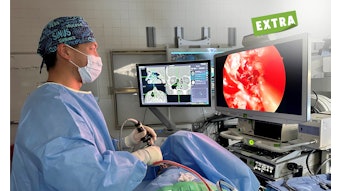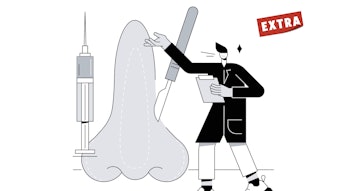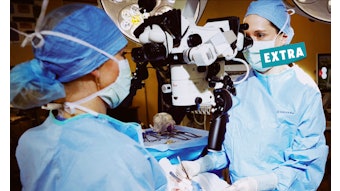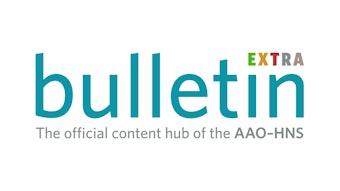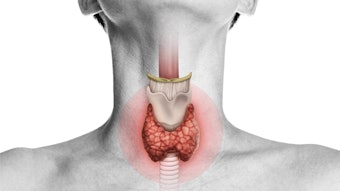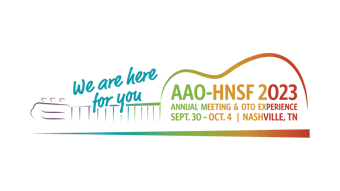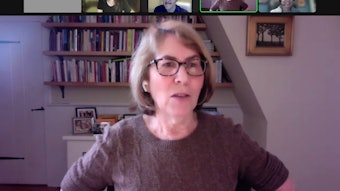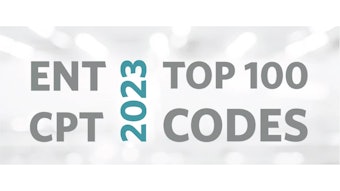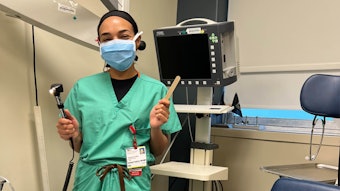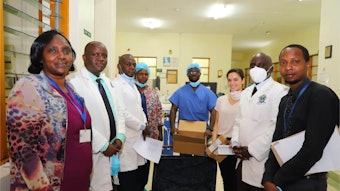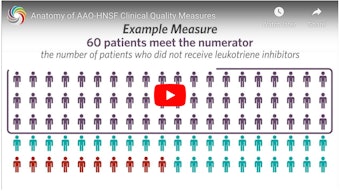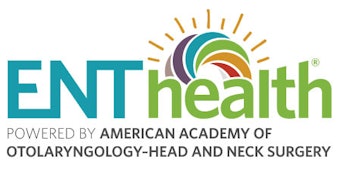Perspective
I would challenge all of us to think about the perspectives we function with and how to make sure we understand if we change our position even a little bit, the change in perspective and outcome is miraculous.
 Kathleen L. Yaremchuk, MD, MSA
Kathleen L. Yaremchuk, MD, MSA
AAO-HNS/F President
Many of us learned this technique during art class many years ago as a way of making drawings appear more lifelike and provide depth to the scene. You may remember some of the simple instructions that were given to achieve this effect and were amazed at how you were able to accomplish the effect — and probably thought at the time, you were a budding artist.
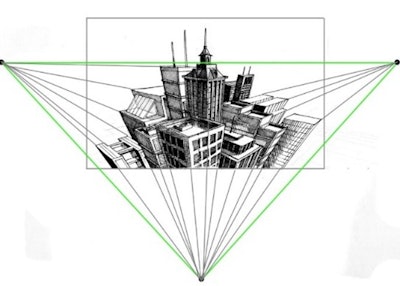
Instead of lines on the horizon, it refers to how you perceive and respond to everyday events. Based on your experiences and background, every event may be seen differently. The challenge for all of us is whether we can “see” or appreciate someone else’s perspective in real time. We have our view of how to do things and what is right or wrong, and the first response is usually what we are comfortable with and not what someone else may be responding to.
The patient who is late for an appointment is more easily accommodated early in the schedule than when they are the last patient of the day. Once I was staying late, the last patient of the day showed up 45 minutes after the appointment time, and the receptionist asked if they could still be seen. From my perspective, they were late but since the medical assistant and I were still there, the patient would be seen. I learned the patient was a child brought in by the grandmother who had recently been granted legal custody. The grandmother relied on the bus for transportation and needed the child to be seen after school since he had already missed many days due to instability in the household. The buses are notoriously unreliable in the “Motor City,” and she was grateful that I had stayed late to finish charting and could accommodate the visit.
I am reluctant to admit it, but my initial perspective was that of a clinician running on a schedule, wanting to get home for dinner, and not having support staff to stay and pay overtime. The perspective of the patient was obviously much different. Relying on public transportation, being responsible for a grandchild when she never thought at her stage of life that would be the case, and wanting to do right by that grandchild. It is all about perspective.
This plays out elsewhere in the hospital as well. For example, the emergency room that wants the ENT consultation as soon as possible so it can free up a stretcher for the respiratory infections that are overwhelming their resources. The ENT service is torn between inpatient consults, the operating room, and the clinic that feels it isn’t a real emergency, so the airway emergency in the hospital is more important. The emergency room has limited capacity and wants an opinion so the patient can safely be discharged. It’s all a matter of perspective.
For the last several years, we have all been met with understaffed clinics and operating rooms, which lack the experienced personnel we have become accustomed to. I dreaded my days in an operating room with new staff who would ask me multiple times what size glove I wore, what instruments I needed, and if the patient would be staying the night. At times, I thought it was a test to see if I would give the same answer twice. Internally I thought everything they asked was available to them, and they needed to be better trained by the operating room administration.
My next scheduled day in the operating room, I introduced myself to everyone in the room, whether I knew them from before or not. I checked the instruments and put the ones I needed on the mayo stands and removed the ones I didn’t. The scrub tech had just finished training and had been assigned to the ENT core for a month. I explained every instrument, asked for the next one to be ready before I needed it, and taught her about how to pass instruments. (Don’t they do that on Day 1?) Her perspective was she was new and working with a surgeon she had not worked with before. This surgeon, however, told her what she needed and what wasn’t necessary. This surgeon was also willing to teach.
It was a wonderful day in the operating room for me. My perspective going in was that I would provide answers, stay ahead of the game, and make sure everyone performed the best they could. A different perspective but one that made my day the best in a very long time.
I would challenge all of us to think about the perspectives we function with and how to make sure we understand if we change our position even a little bit, the change in perspective and outcome is miraculous. It’s up to us whether the glass is half full or half empty.
I appreciate you!
